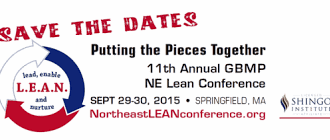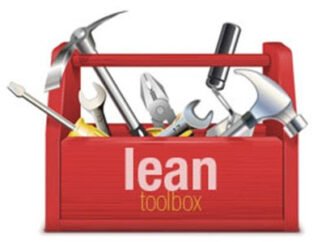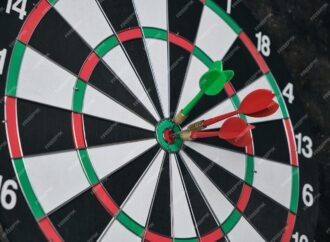Lean Quote: Closing the Knowing–Doing Gap
- Lean Quote
- October 17, 2025

In a few days, I will be attending one of the best Lean Thinking conferences in New England, The Northeast Lean Conference. As I prepare for the conference this year I thought I would share some advice on making the most out of your conference experience. Sharing with like-minded people who have various experiences can
READ MORE
On Fridays I will post a Lean related Quote. Throughout our lifetimes many people touch our lives and leave us with words of wisdom. These can both be a source of new learning and also a point to pause and reflect upon lessons we have learned. Within Lean active learning is an important aspect on
READ MORE
When it comes to implementing Lean there are countless questions about how make it happen and even more about being successful at it. There is no better way to answer those questions then from those who have done it. At this year’s 11th Annual Northeast Lean Conference presented by the Greater Boston Manufacturing Partnership (GBMP)
READ MORE
We all have stories of those who try to use Lean as a tool to improve their business but fail. Those of us who have experienced the true power of Lean understand that it is more than that. Lean is not about the tools it’s how they are applied. A large number of organizations have
READ MORE
On Fridays I will post a Lean related Quote. Throughout our lifetimes many people touch our lives and leave us with words of wisdom. These can both be a source of new learning and also a point to pause and reflect upon lessons we have learned. Within Lean active learning is an important aspect on
READ MORE
On ASQ’s blog the monthly topic presented by Influential Voices Blogger Pat La Londe is about vision, leadership, and values. Strong leadership is essential to developing and sustaining a culture of quality. If an organization is seeking to improve its culture of quality, a closer look at the three areas —vision, values and leadership—is likely
READ MORE


